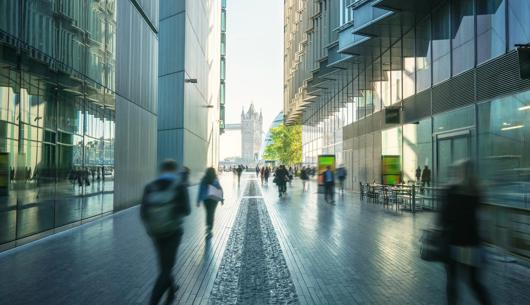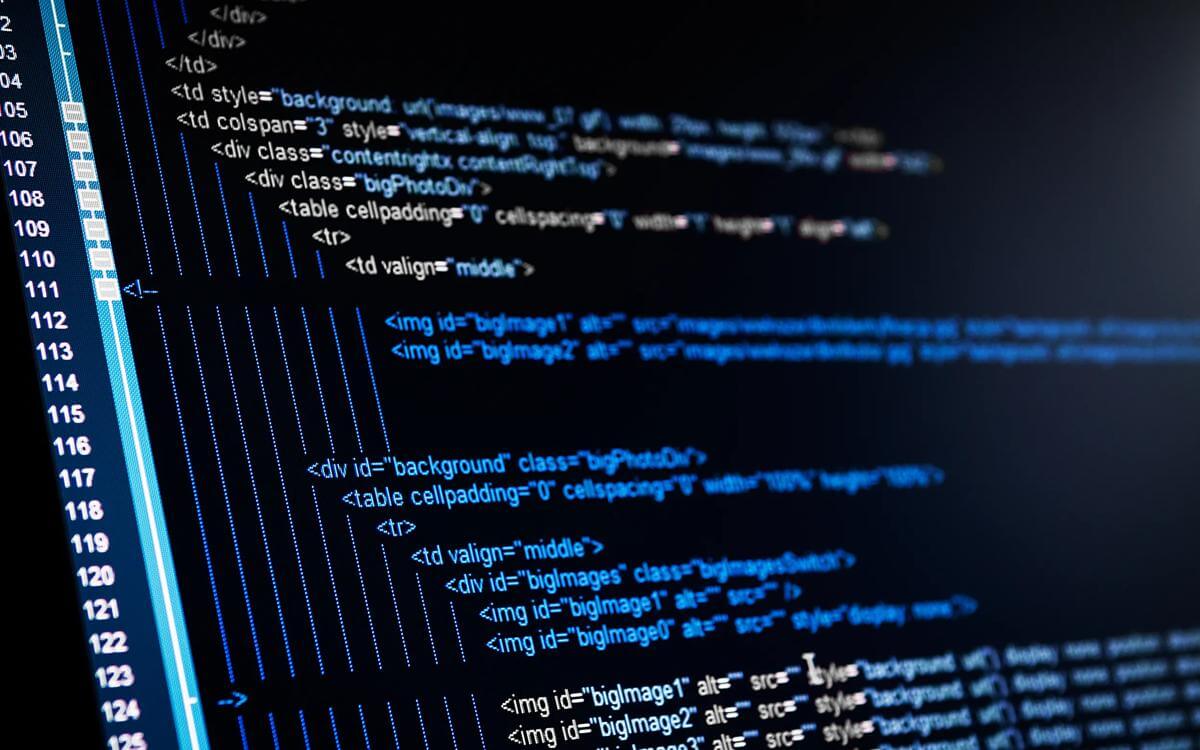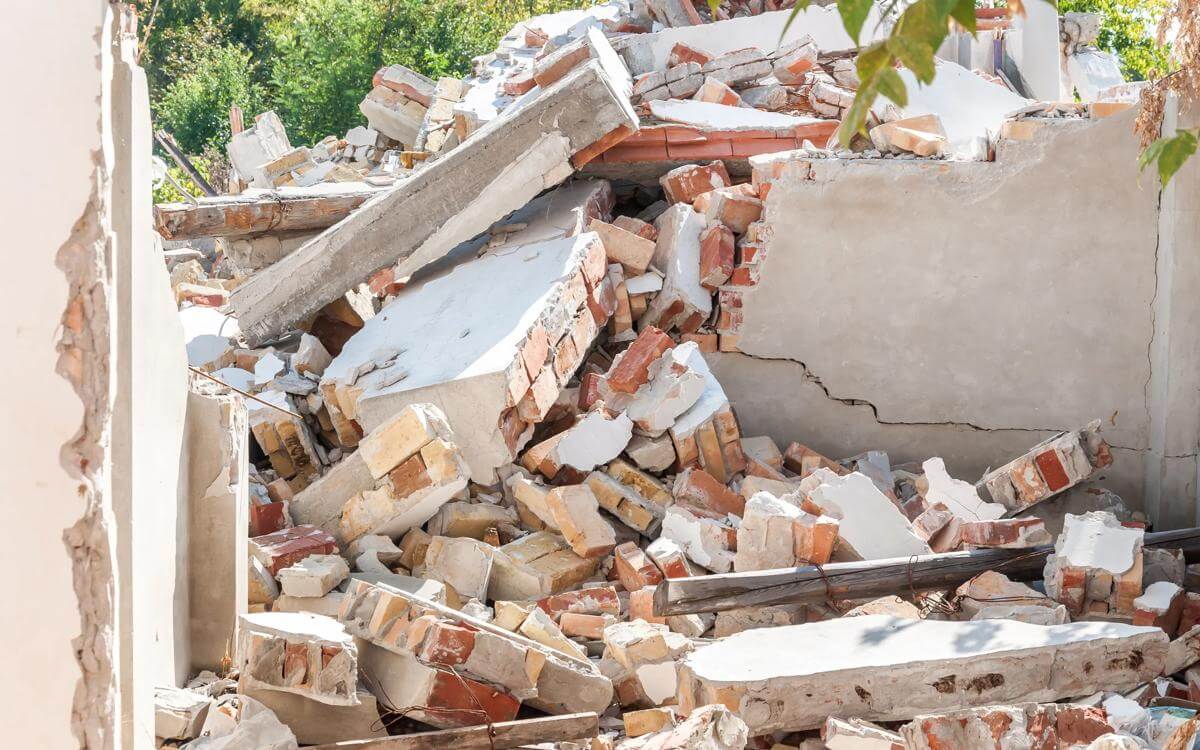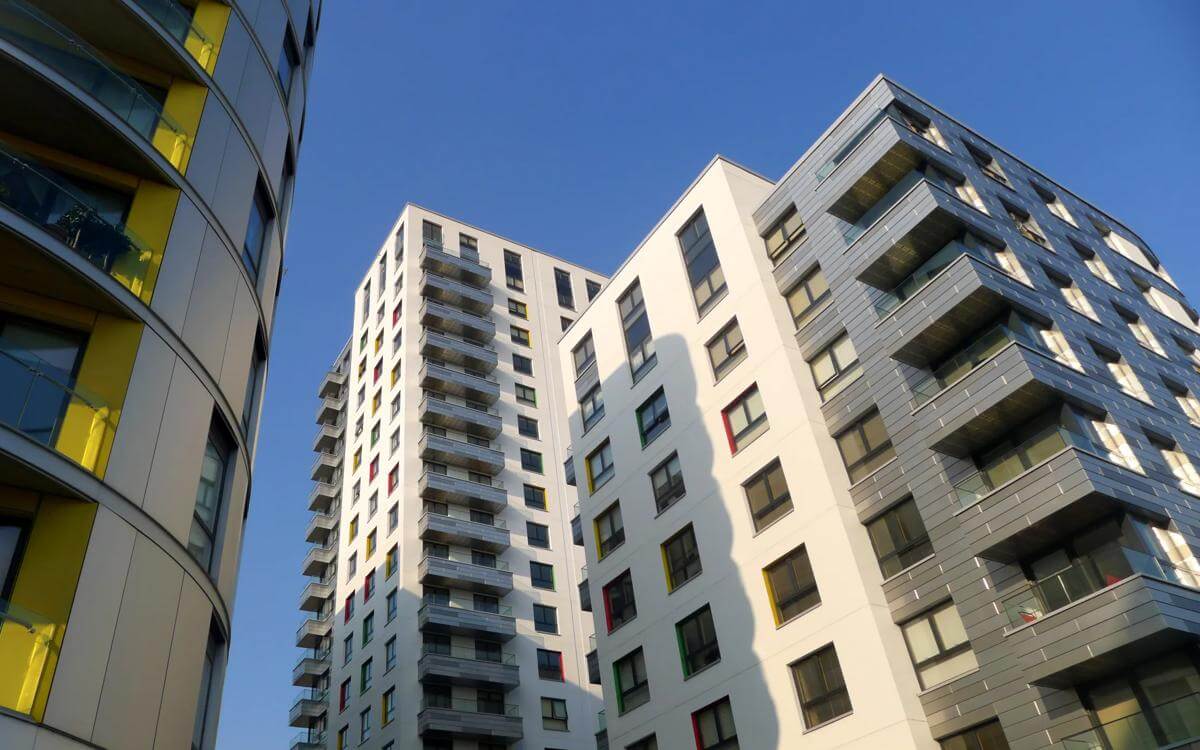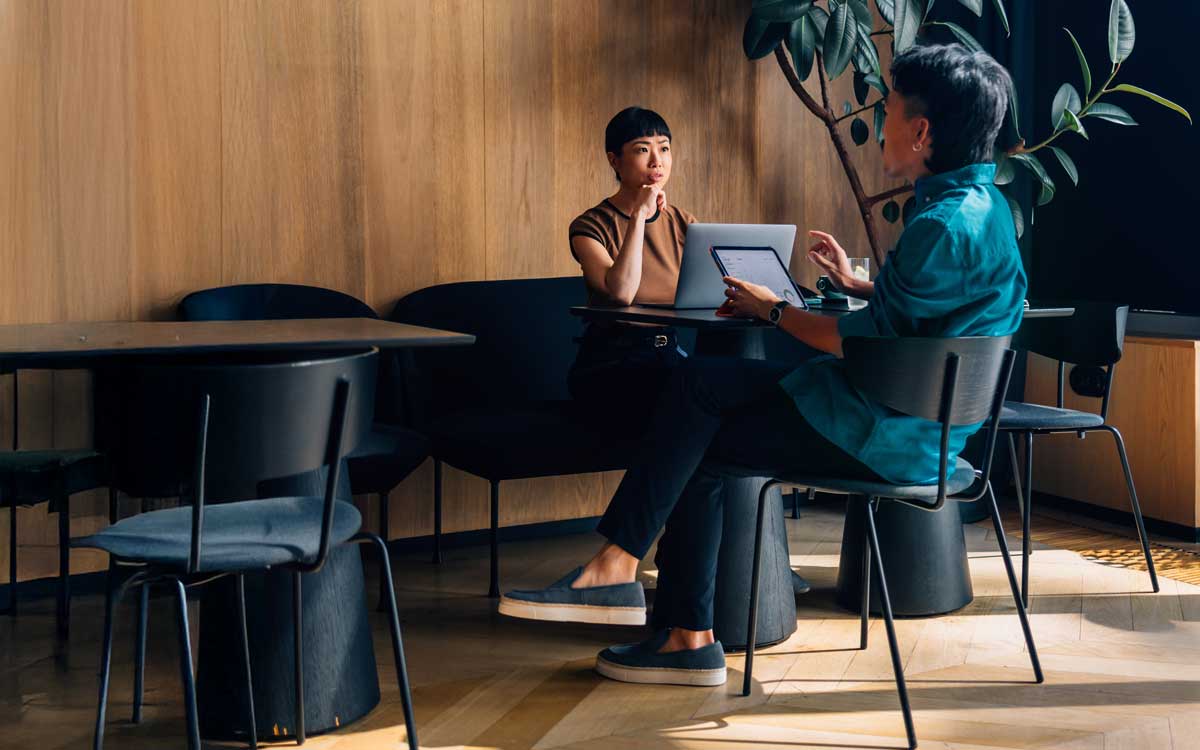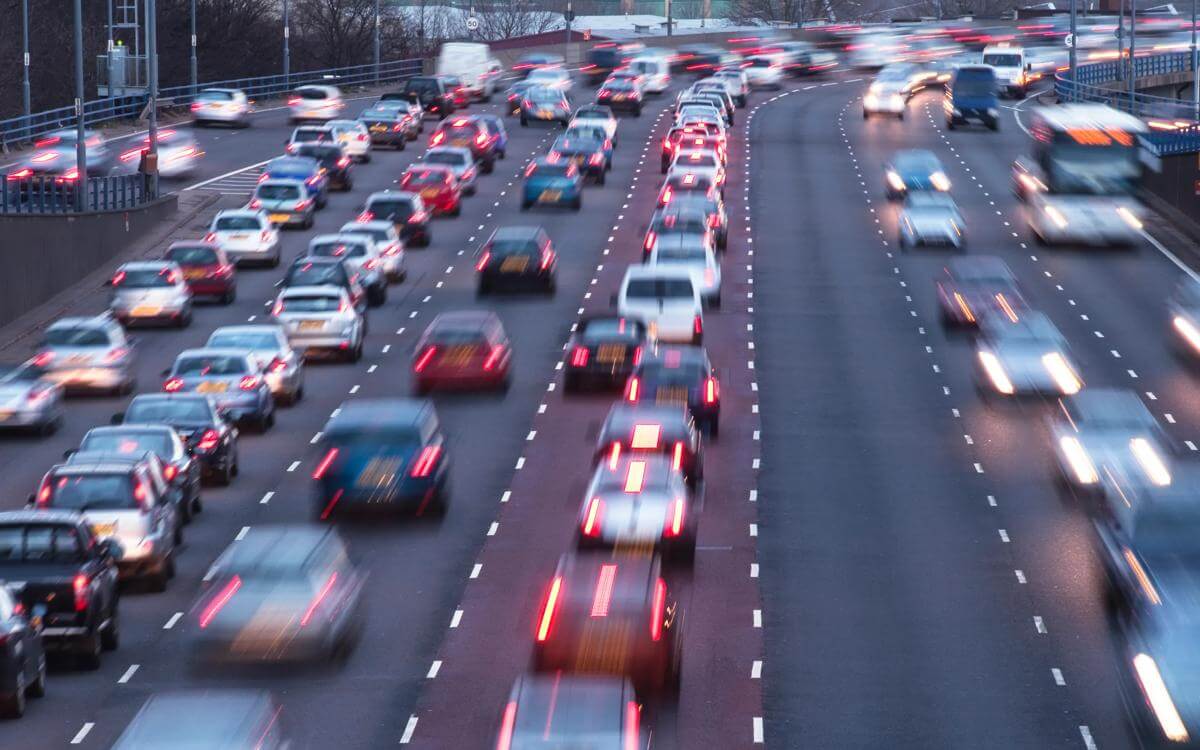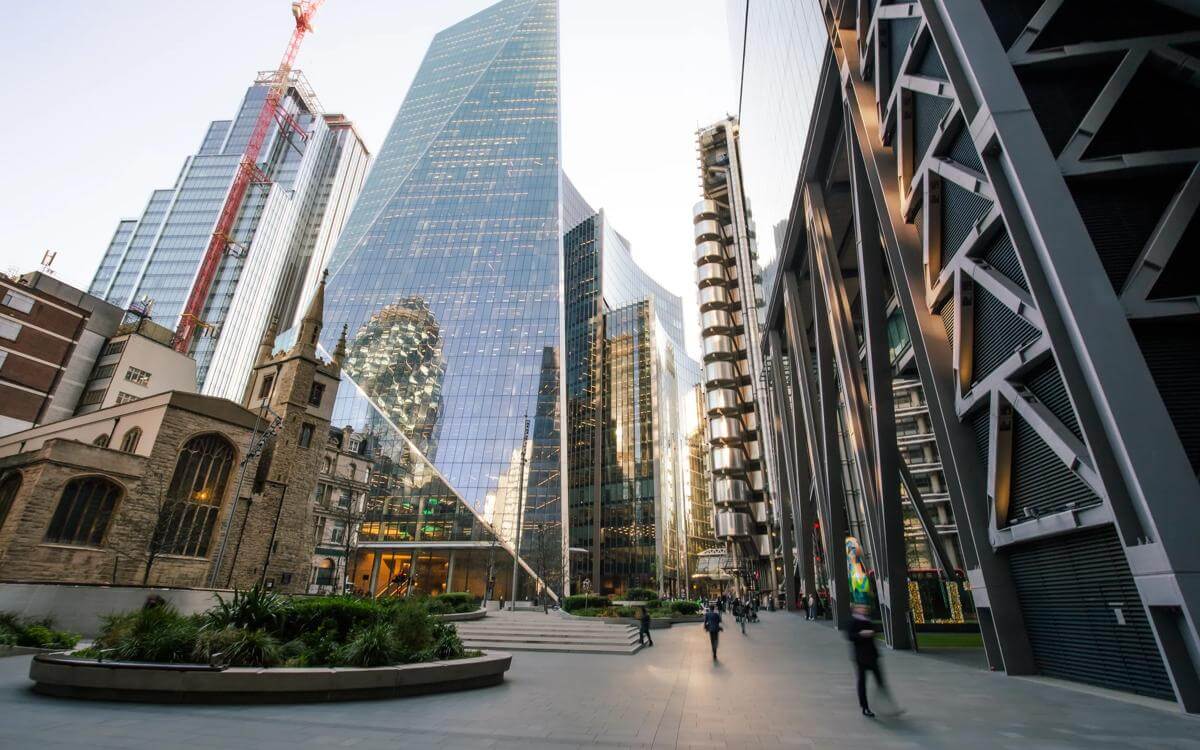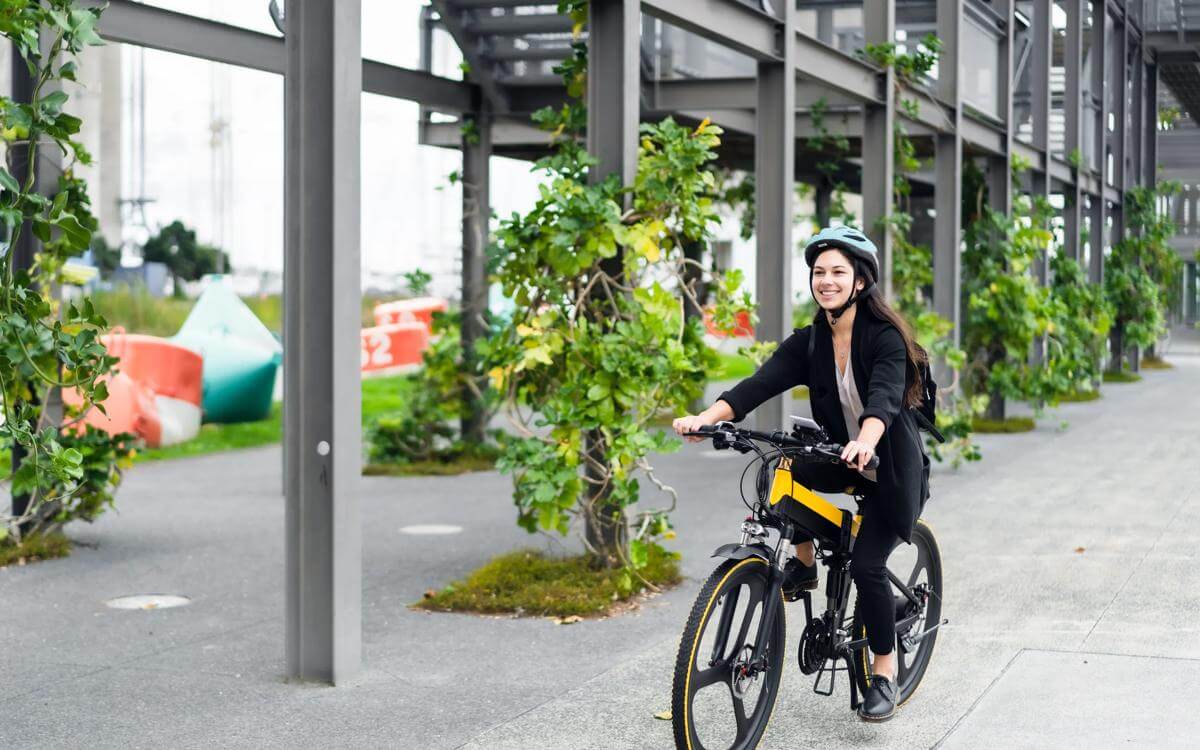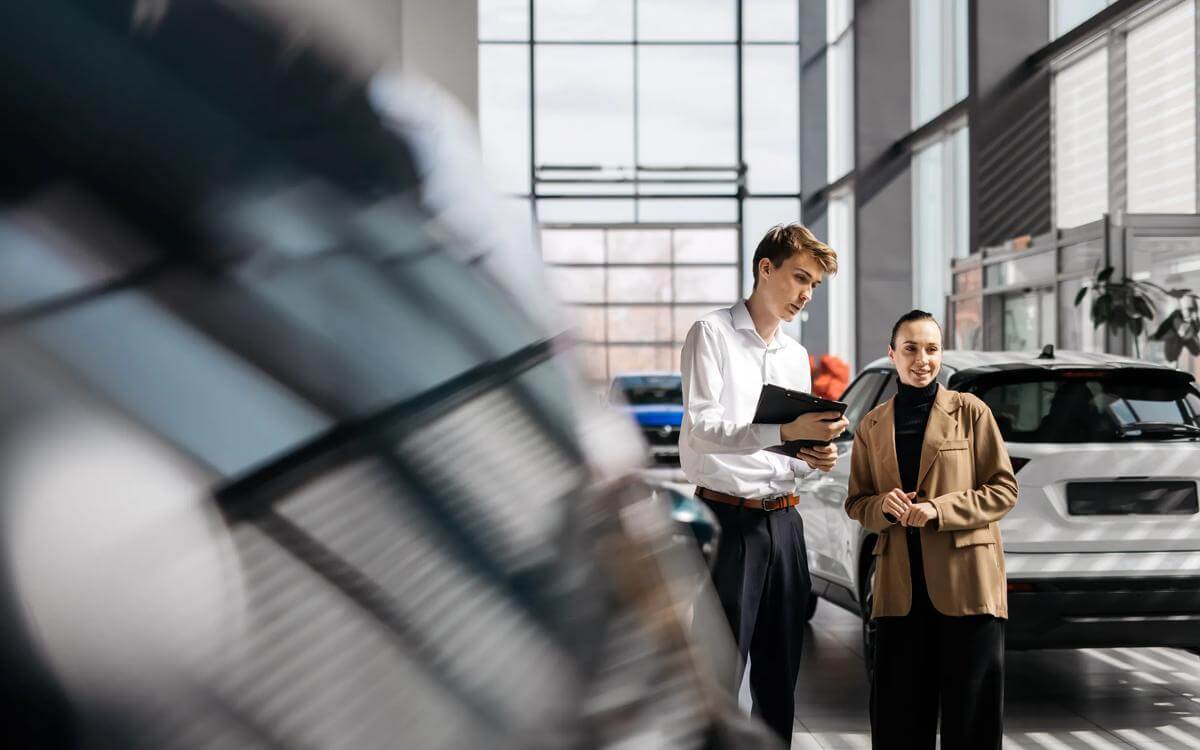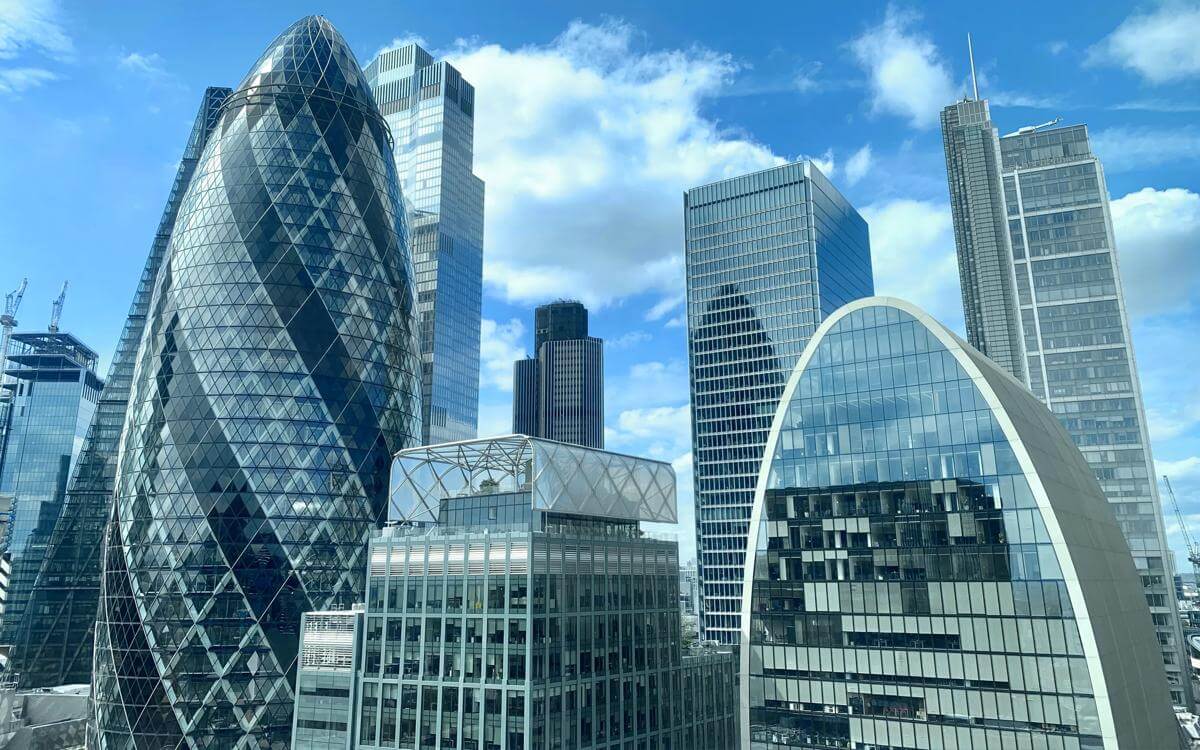Artificial Intelligence (AI) is already present in the art industry through its creation of artwork, but its use is now being extended to verify the authenticity of existing art. Through learning about the work of an artist, AI can make technical and stylistic identifications that link the work to that artist (or not, as the case may be).
There has already been some suggestion that AI can be used by insurers as a tool when verifying the authenticity of a piece of art. In principle, this is a potentially exciting development for insurers of fine art. However, the use of AI can give rise to complications. For example, uncertainty may arise where AI and an expert have differing opinions as to authenticity of a particular piece. Where AI has detected an inaccuracy in the expert opinion, this legitimacy objection must be proven.
Identifying authentic work is a layered process, requiring multiple individuals and sources, and ensuring that findings are always reviewed. AI is also only as good as the data that it has been fed, so if that data is incomplete or inaccurate, its ability to correctly judge the authenticity decreases.
At present AI’s method is not fool proof. However, developers are constantly seeking to improve its accuracy and have implemented measures to do so. Whilst conflicting opinions may not be a cause for concern just yet, insurers should continue to monitor the developments in this area. Insurers should also ensure that safety mechanisms are in place to prevent erroneous findings, such as independently reviewing results where AI has been used to complete authenticity checks.
There is no doubt that AI’s authenticity detection may be a useful tool for insurers. For art insurers looking to the future, the most effective and accurate detection system may be a union of AI processes, experts, and sources, collaborating to provide a check and balance.
Contents
- The Word, April 2023
- Beware of broad exclusion – Cronos v Generali
- Australian courts issue a ‘common sense’ judgment on a rainfall exclusion
- Subrogation and ‘co-insureds’
- Canadian court rules on whether COVID-19 amounts to physical damage
- FCA launches Consultation Paper on Multi-Occupancy Buildings
- E-scooters – what are they?
- Defining a home - what’s within a dwelling?
Key contact

Tim Johnson
Partner
tim.johnson@brownejacobson.com
+44 (0)115 976 6557


